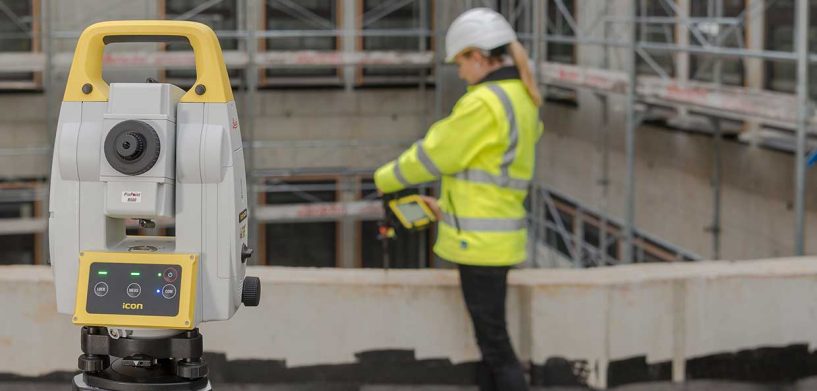Infrastructure and building construction projects often involve thousands of people, tens of thousands of interdependent tasks, and huge financial investments. And unfortunately, most projects finish late and over budget.
According to a 2016 article from McKinsey, major construction projects typically take 20 per cent longer to finish than scheduled and are up to 80 per cent over budget. Notably, the infrastructure developments included in the study ran over time more often than not. Furthermore, a 2015 study from KPMG found that just one-quarter of all construction projects over a three-year period came within 10 per cent of their original deadlines, and only about one-third of projects in the same time frame came within 10 per cent of their original budgets.
The challenge to deliver on time and on budget persists even as technology solutions continue to advance at a rapid rate to solve for these issues. Construction operations and processes are constantly being improved by digital solutions, and with those come consistent pressure and tension for the industry to achieve “digital transformation.”
Digital transformation may take many forms, such as 3D digital modelling of entire construction sites and visualising end-to-end construction project workflows. Practical implementation of such solutions, however, is neither simple nor straightforward, and there are at least three major headwinds for increased digitalisation in the industry:
- It’s expensive to upgrade entire systems.
- When the commitment is made, adoption takes time.
- Even when adoption happens for some, it’s often not widespread. The complex chain of command in a construction project makes consistency a challenge.
According to a recent survey of construction leaders from PlanGrid and FMI Corporation, one-quarter of general contractors and subcontractors provide mobile devices to their teams, but just 18 per cent of those teams use mobile apps to access project data. “Construction companies are investing in mobile devices, but many teams are still relying on simple text and email,” according to a press release from PlanGrid regarding the survey.
Unfortunately, data access is where much of the communication breaks down. The PlanGrid/FMI survey also found that miscommunication and poor project data causes more than half of all rework globally, including 48 per cent of all rework on U.S. construction jobsites. (This rework cost the U.S. industry more than $31 billion in 2018, the study also found.) And 30 per cent of data from design through construction is lost to turnover alone.
“Access to data improves workflow and safety around machines while moving toward autonomous operation,” said Johan Arnberg, heavy construction portfolio president for Hexagon’s Geosystems division. “The ability to collect, process, and enable applicable intelligence across all phases of the project, from bidding, to planning, to construction and maintenance, empowers people and machines to be smarter, safer and more productive.”
As an example, Hexagon recently announced upgrades to its software platforms for machine control, which were on display at this year’s bauma. The Leica MC1 software provides a common software interface across the Leica Geosystems machine control portfolio and is now available for excavators. It connects heavy machinery on site, providing guidance and automation for operations across construction projects. Meanwhile, the all-in-one Leica ConX data platform makes insights accessible across functions, creating a connected ecosystem at construction sites to bring operators, foreman and project owners together.
“When working with many different contractors on a large construction site, it is important that everybody is on the same page with the latest updated files,” said Pontus Holmberg, chief surveyor at Skanska Sverige AB, regarding the Leica ConX platform.
New solutions like these have the potential to optimise human and material resources, reducing rework and completing projects on time and on budget. By seeing, sharing and leveraging data across the ecosystem stakeholders gain a dynamic view of the project and real-time comparison of progress. However, without a commitment to digitalising machinery and workflows with a strategy for adoption and complete understanding of the outcomes, the introduction of new technologies may create boondoggles instead of becoming truly transformational.

















